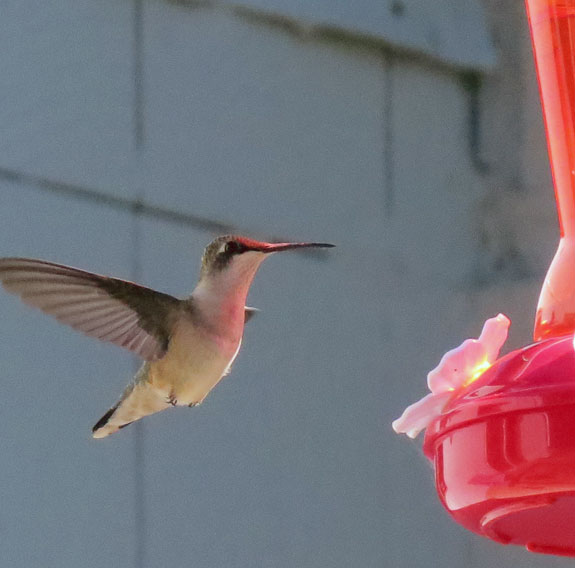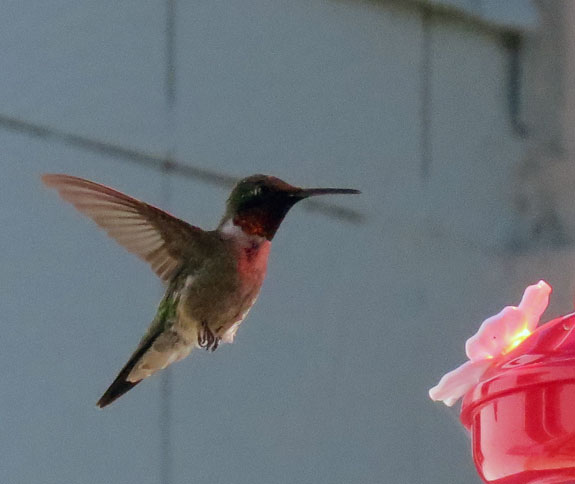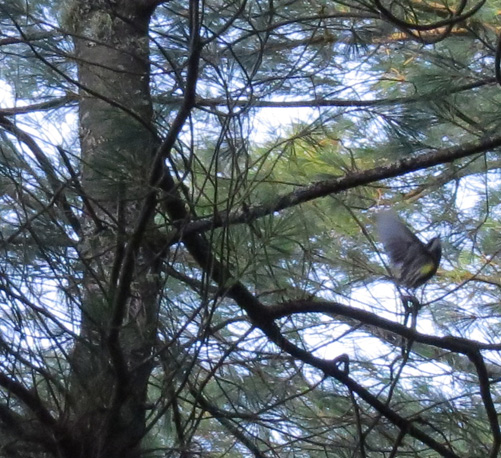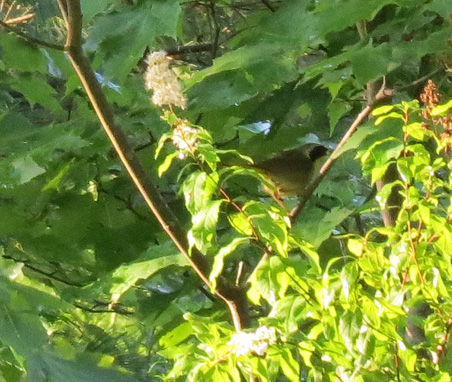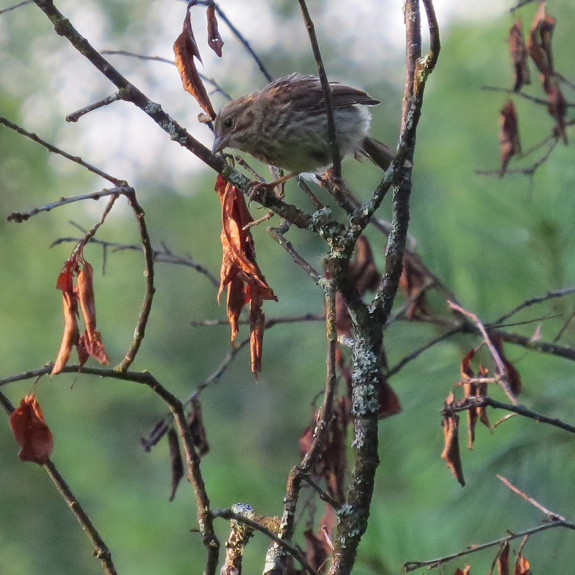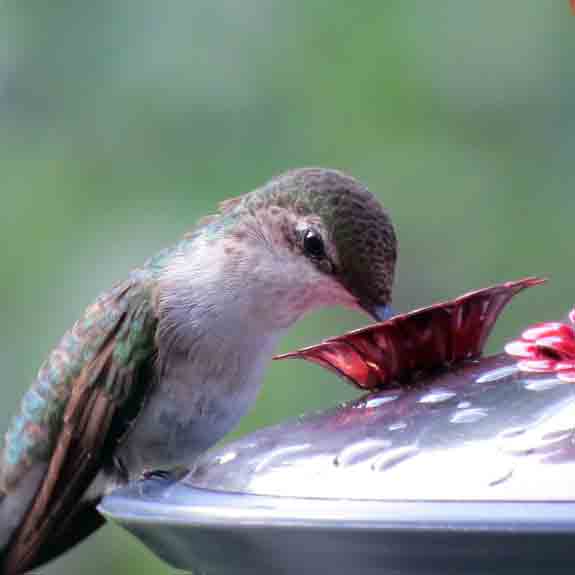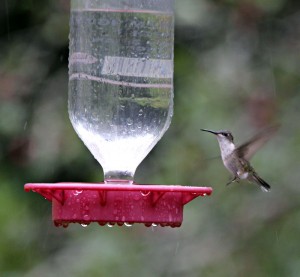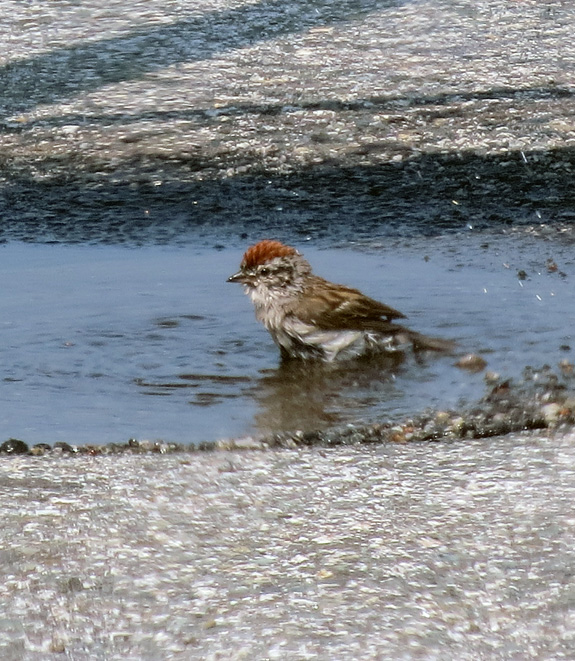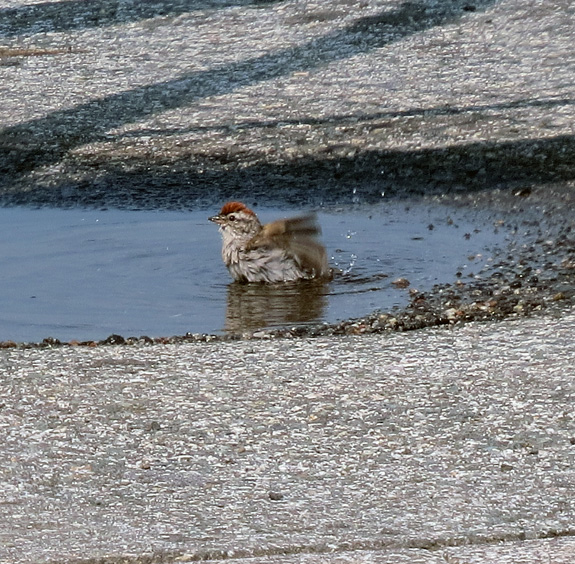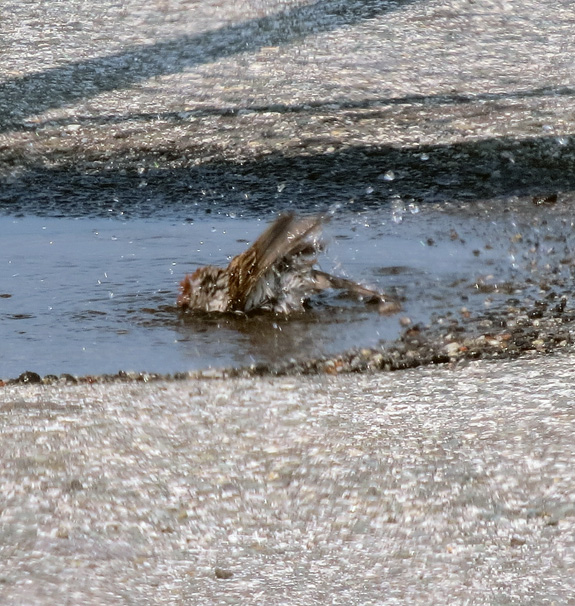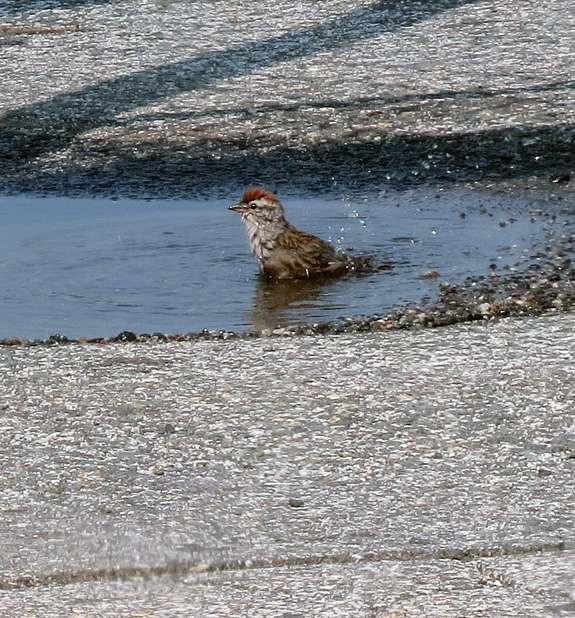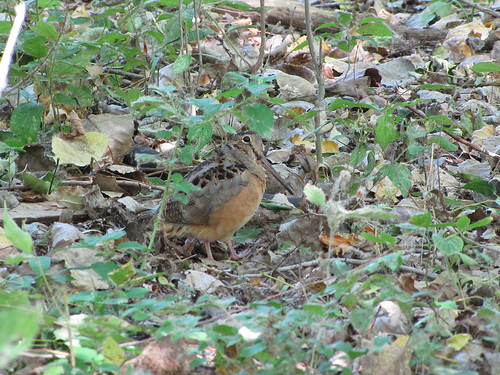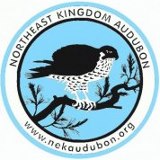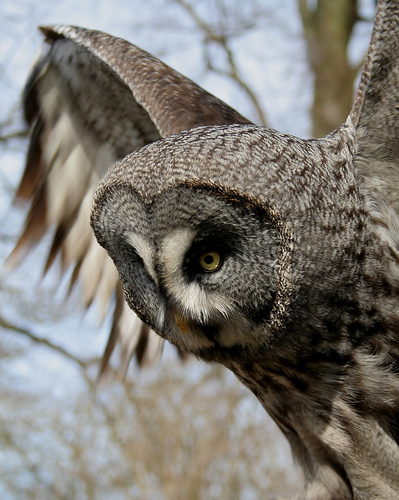I think it was the dozen Eastern Bluebirds I saw as we drove in to Harrison Bay State Park in Tennessee, or else the flock of Pine Warblers at Clarko State Park in Missisippi, but about the turn of the year, it was obvious that "We are not in Kansas anymore." In the first four days of the year, I picked up 65 species, mostly birding as I walked the dog after the day’s travel.
One of the birds I see at every stop is the Eastern Phoebe – this is a Mississippi bird:
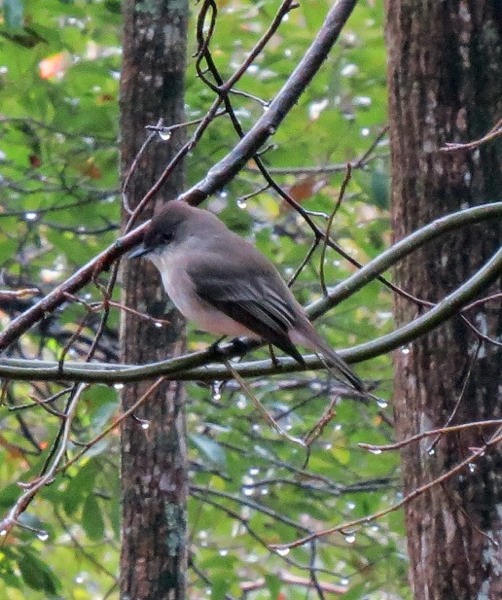
As a pilot, I was trained to keep a continuous scan pattern going, and I try to apply it driving. Check the road, the mirrors, the speed, and the fields and air for birds. I know the dangers of texting or talking on a phone – it is obvious when I see speed changes or lane weaving. Birding can be just as distracting if you are the driver so I stick to stuff in front of us. On a stretch on I-10 through Louisiana, I got Cattle Egrets, a Great White Egret that flew up in front of us, several Red-tailed Hawks, some Black-crowned Night Herons, and some Great-tailed Grackles at the rest stops.
We are in Goliad State Park in Texas and leave Monday for a two-week stay in Mission, where we will join some birder friends and immerse ourselves into the special place of the Valley. We have been without wifi for a week and our working off the iPads with crappy 4G coverage – but here, if I can upload them, are some bird shots from the last few days.
While birding with Penny on a trail at Village Creek State Park in Texas, I heard an unfamilier call and then this Eastern Towhee popped up:
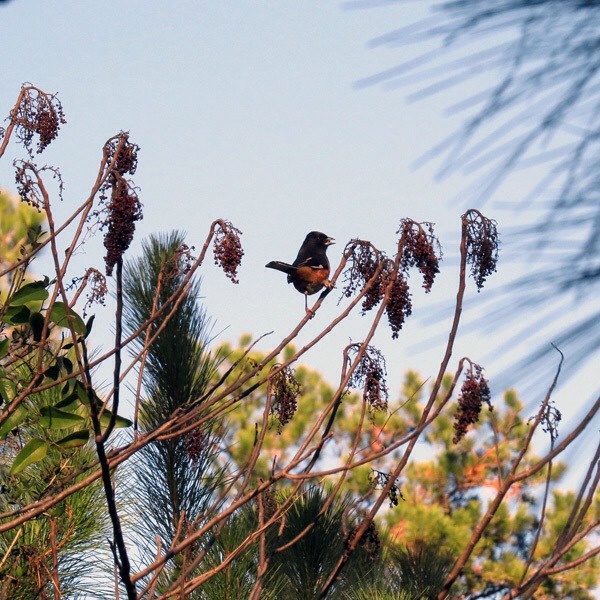
Here at Goliad, there are many Ladder-backed Woodpeckers. The size of a Downy, they move a lot and are hard to photograph. This one is on the move:
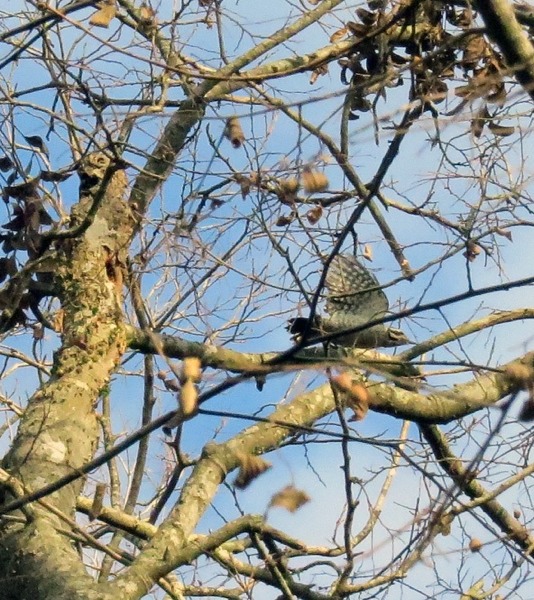
Early Sunday morning, I saw this Red-shouldered Hawk before it saw me, and I got a great look – until the dog spooked it. I was able to get a long-range shot although it was watching us like a ….. hawk:
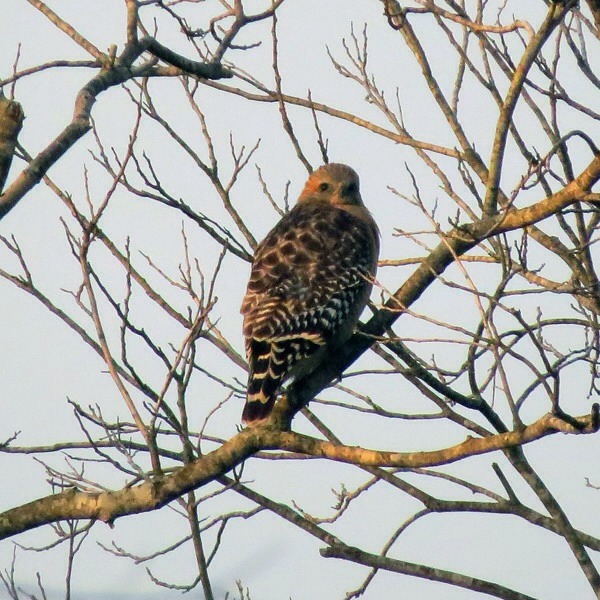
There are hundreds ot Turkey Vultures circling all day – right out of a Hitchcock film. In the morning, the trees are draped with them. Here are some getting ready for bedtime:
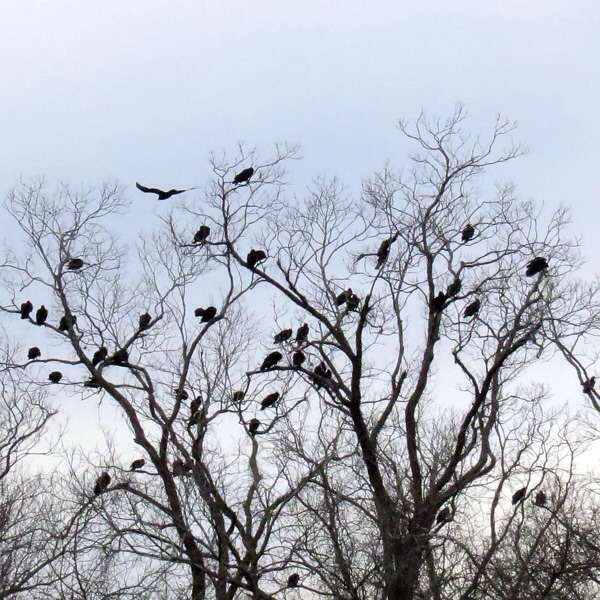
One of my favorite southern birds is the Great Kiskadee. They are noisy, colorful, and rather plentiful along the Rio Grande, and after a while, easy to take for granted. I hadn’t seen one in two years and didn’t expect them up in Goliad – so it was quite a pleasant surprise to hear their call and then see a pair. This one waited patiently for a long-range photo op.
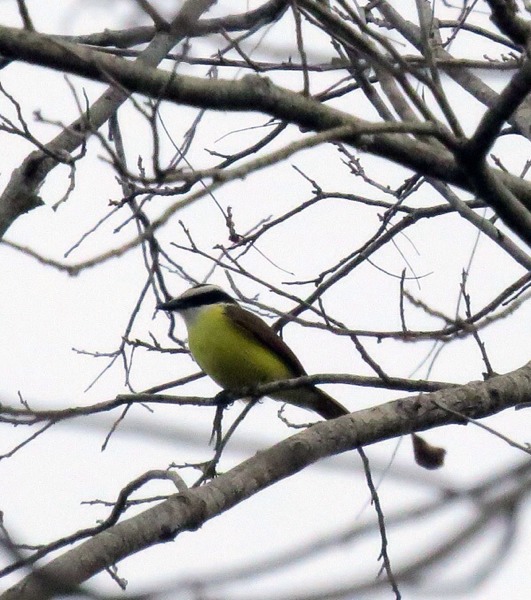
The park ranger warned us this afternoon that it was going down to freezing tonight and that we might want to let our water hoses drip. There is a cold snap (for South Texas) coming but we are moving southward in the morning and should be ok. I stored my winter stuff in the truck today – Mary, who is wiser, is keeping hers close by for another few days.

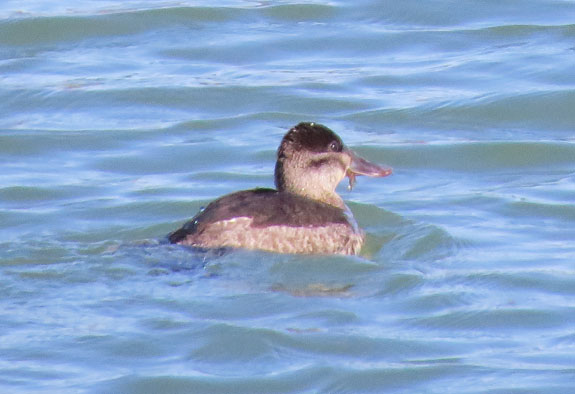
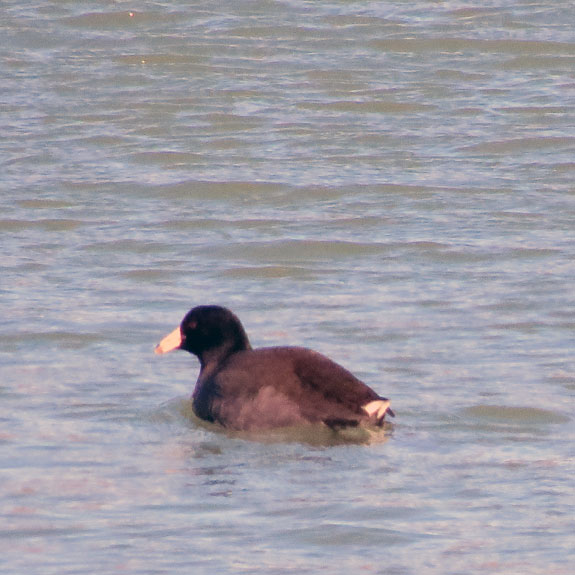
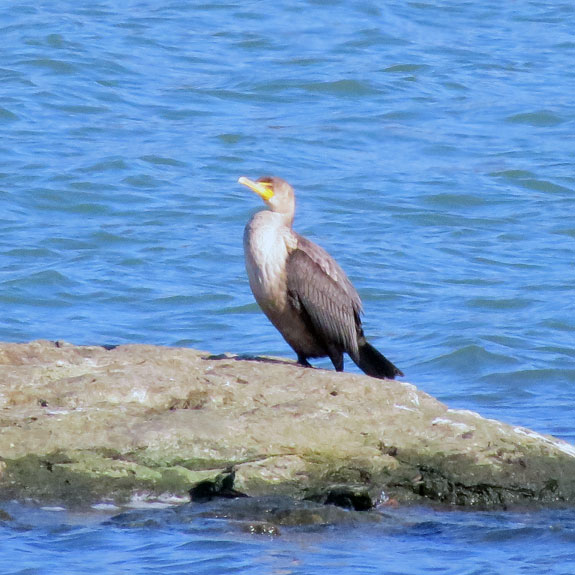
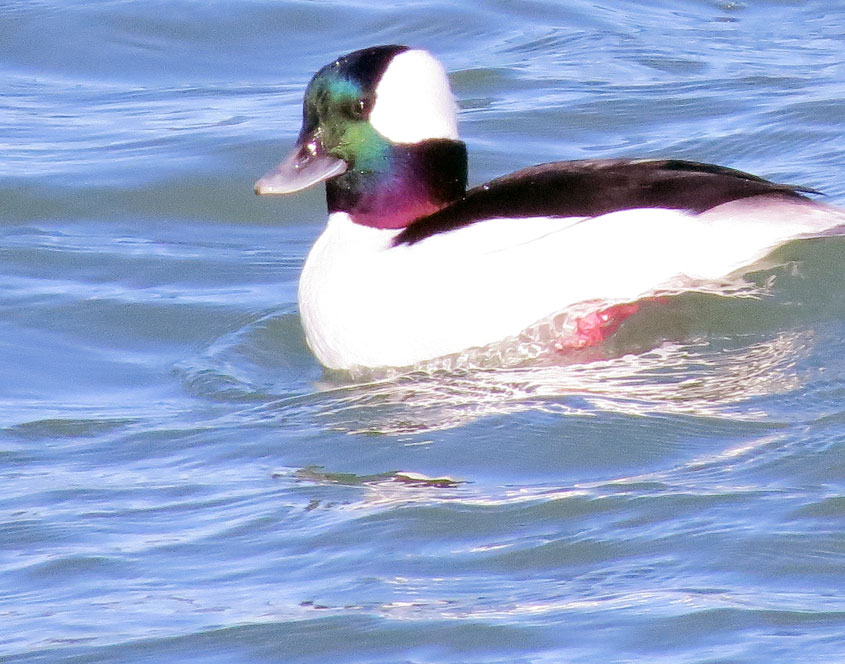
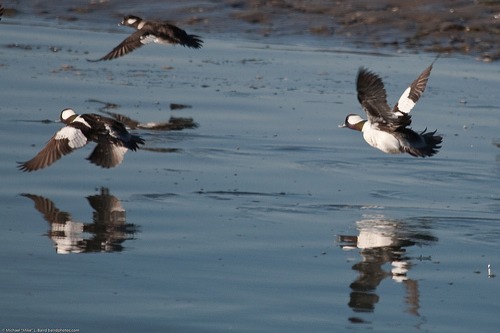 photo by
photo by 